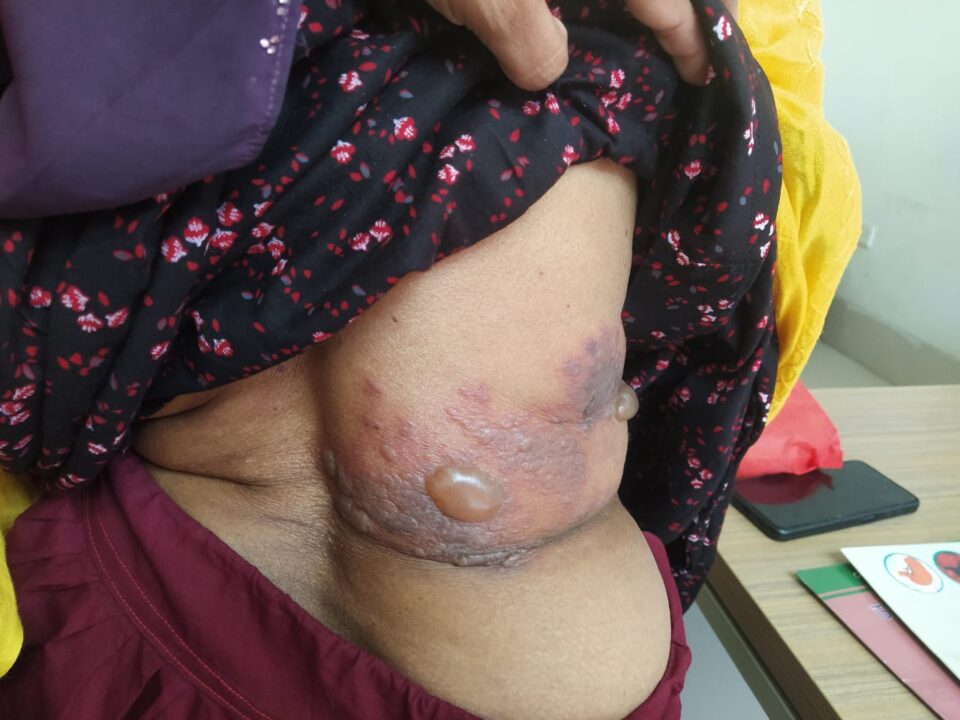Clubbing
The Ultimate Guide to Clubbing: A Medical Perspective on Finger and Nail Changes
Clubbing is a medical condition characterized by changes in the shape of the fingers and nails. It is often associated with underlying health issues and can be a crucial diagnostic sign for certain diseases. This guide will help you understand the causes, symptoms, and significance of this condition.
What is Clubbing?
Clubbing refers to the thickening and widening of the fingertips, accompanied by abnormal curvature of the nails. The nails may appear shiny, and the angle between the nail and the cuticle becomes more obtuse, often exceeding 180 degrees. Clubbing is usually painless and develops gradually over time.
Why Does Clubbing Occur?
Clubbing is often a sign of an underlying health problem. It occurs due to increased blood flow and tissue growth in the fingers. Common causes include:
- Pulmonary Conditions: Chronic obstructive pulmonary disease (COPD), lung cancer, pulmonary fibrosis, and cystic fibrosis.
- Cardiovascular Diseases: Congenital heart defects and infective endocarditis.
- Gastrointestinal Disorders: Crohn’s disease, ulcerative colitis, and liver cirrhosis.
- Other Causes: Hyperthyroidism and certain cancers.
How is Clubbing Diagnosed?
Clubbing is often identified during a physical examination. Doctors may perform the following tests to confirm the condition:
- Schamroth’s Sign: The absence of a diamond-shaped gap when the dorsal surfaces of opposite fingers are placed together is a classic indicator.
- X-rays and Imaging: To identify any underlying lung or heart conditions.
- Blood Tests: To detect infections or other systemic diseases.
Why is Clubbing Important?
Clubbing is not a disease itself but a symptom that indicates serious underlying conditions. Identifying and addressing the root cause is essential for effective treatment.
Managing and Treating Clubbing
Treatment for clubbing focuses on the underlying condition causing it. For example:
- Pulmonary Conditions: Addressing lung infections, reducing inflammation, or treating cancer.
- Cardiovascular Diseases: Surgical or medical interventions to correct heart defects or infections.
- Gastrointestinal Disorders: Medications and lifestyle changes to manage inflammatory diseases.
In many cases, treating the root cause can lead to an improvement in the appearance of the fingers and nails.



